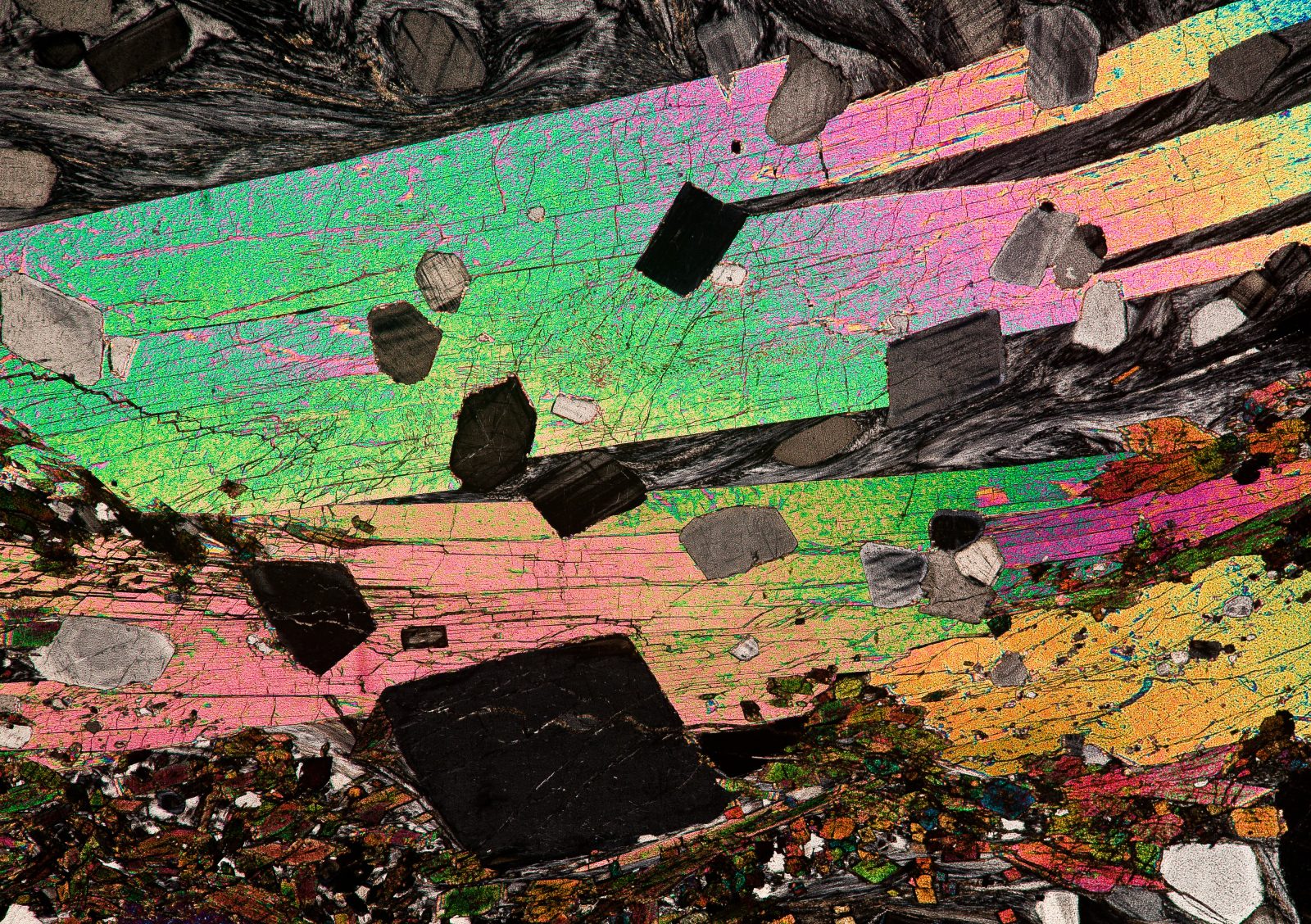


More from Casey Luskin on Our Intelligently Designed Planet—Plus Q&A
Today’s ID the Future continues geologist Casey Luskin’s presentation about how Earth is fine tuned in numerous ways for life, a talk he gave at the 2022 Dallas Conference on Science and Faith. Here in the second half, he highlights the many ways Earth’s precise mix of atmospheric gases is strikingly fit for life. On top of that (or rather, beneath that), Earth’s active geology and water-rich surface—unique in our solar system—are masterful at helping maintain our life-friendly atmosphere over long ages. Luskin argues that these and other finely tuned characteristics of planet Earth strongly suggest intelligent design. He then offers an additional design argument, this one aesthetic in nature, and then takes questions from the audience. Part 1 of his talk is here.

Carl Sagan Wrong about “Pale Blue Dot,” Says Astrobiologist
On today’s ID the Future, astrobiologist Guillermo Gonzalez unpacks one of his chapters in the new book The Comprehensive Guide to Science and Faith, edited by episode host Casey Luskin. Gonzalez and Luskin look at how our atmosphere as well as the sun, moon, distance from our host star, and position in the Milky Way are all curiously fine tuned not only for life but also for allowing Earth’s human inhabitants to observe and discover things near and far about nature. It’s as if a master designer made the Earth not merely for life but for curious and intelligent beings. What about the fact that Earth is such a tiny part of a vast universe, a “pale blue dot” as atheist astronomer Carl Sagan put it? Gonzalez fields that objection and uses diamonds to illustrate his point.

Casey Luskin Talks Tectonics, Design and Hidden Beauty
On today’s ID the Future host Emily Reeves talks with geologist and intelligent design theorist Casey Luskin about his PhD. Luskin says his dissertation wasn’t focused on intelligent design at all; but the knowledge he gained and the methodology he employed well might provide him grist for ID-oriented work down the road. The wide-ranging conversation takes Luskin and Reeves from his geological work in Africa and the method known as uniformitarianism to plate tectonics, paleomagnetism, crustal recycling, and some books on how Earth appears fine-tuned for life. Luskin also tells about some astonishing beauty that lies hidden right under our feet, and how we can discover it for ourselves.

An Engineer Talks ID, Biomimicry, and Hacking the Cosmos
On today’s ID the Future, host Casey Luskin sits down with Dominic Halsmer, a Senior Professor of Engineering at Oral Roberts University, to discuss Halsmer’s recent book, Hacking the Cosmos: How Reverse Engineering Uncovers Organization, Ingenuity and the Care of a Maker. Dr. Halsmer draws on the engineering concept of affordances to explore how Earth and the universe show evidence of having been intelligently engineered to afford the possibility of life, and even for humans to discover evidence of a grand designer. Also in the conversation, the implications of biologists using reverse engineering to better understand biological systems, and of engineers studying clever designs in the biological realm to make engineering breakthroughs, a creative strategy known as biomimicry.